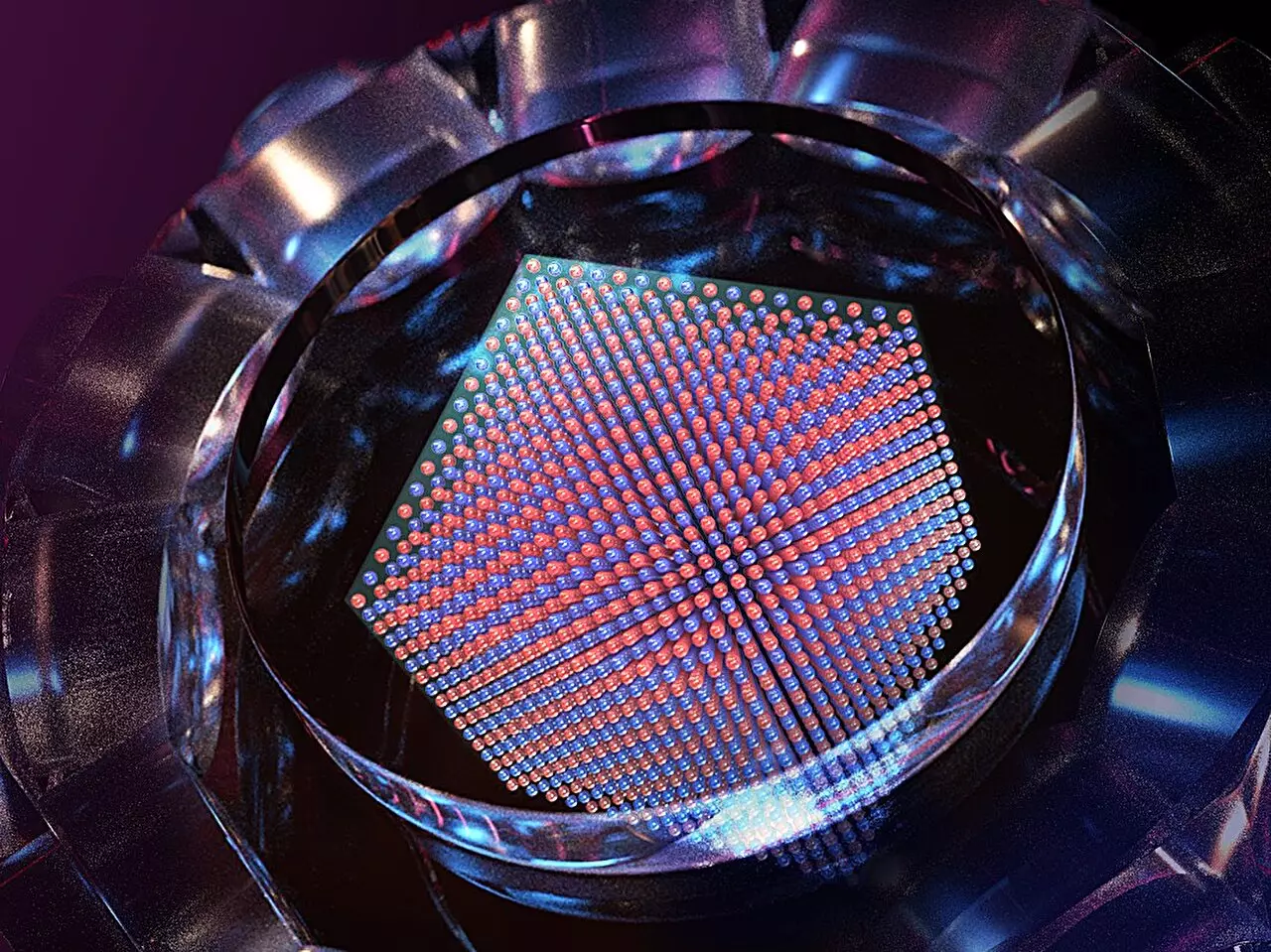A recent study published in Nature has made a significant breakthrough in the field of quantum simulation by observing the antiferromagnetic phase transition within a large-scale quantum simulator of the fermionic Hubbard model (FHM). This study, led by Prof. Pan Jianwei, Prof. Chen Yuao, and Prof. Yao Xingcan from the University of Science and Technology of China (USTC) of the Chinese Academy of Sciences, highlights the importance of quantum simulation in understanding complex quantum materials such as high-temperature superconductors.
One of the main challenges faced in studying the FHM is the lack of an exact analytical solution for this model in two and three dimensions. Additionally, the high computational complexity involved makes it difficult for even the most advanced numerical methods to explore the parameter space fully. Theoretical studies have also suggested that a universal digital quantum computer would struggle to accurately solve this model, further complicating research in this area.
Quantum simulation, using ultracold fermionic atoms in optical lattices, has been identified as a key technique in mapping out the low-temperature phase diagram of the FHM. By realizing the antiferromagnetic phase transition and reaching the ground state of the FHM at half-filling, researchers can validate the capabilities of quantum simulators in establishing large-scale, spatially homogeneous optical lattices for studying quantum magnetic fluctuations.
Previous quantum simulation experiments have faced challenges in cooling fermionic atoms and dealing with the inhomogeneity introduced by standard Gaussian-profile lattice lasers. To address these issues, the research team developed an advanced quantum simulator that combines the generation of a low-temperature homogeneous Fermi gas in a box trap with a flat-top optical lattice with uniform site potentials. This new quantum simulator contains approximately 800,000 lattice sites, significantly larger than previous experiments, and features uniform Hamiltonian parameters with temperatures below the Néel temperature.
By precisely tuning the interaction strength, temperature, and doping concentration, the research team was able to observe conclusive evidence of the antiferromagnetic phase transition within the FHM. This breakthrough not only advances our understanding of quantum magnetism but also lays the foundation for further research into solving the FHM and obtaining its low-temperature phase diagram. The experimental results have already surpassed the capabilities of current classical computing, highlighting the advantages of quantum simulation in addressing complex scientific problems.
The study of the antiferromagnetic phase transition within the fermionic Hubbard model using quantum simulation represents a significant milestone in the field of quantum materials research. The findings from this study not only contribute to our understanding of high-temperature superconductors but also demonstrate the potential of quantum simulators in tackling challenging scientific problems. By overcoming theoretical and practical challenges, research teams can continue to push the boundaries of quantum simulation and pave the way for future discoveries in the field of quantum materials.


Leave a Reply